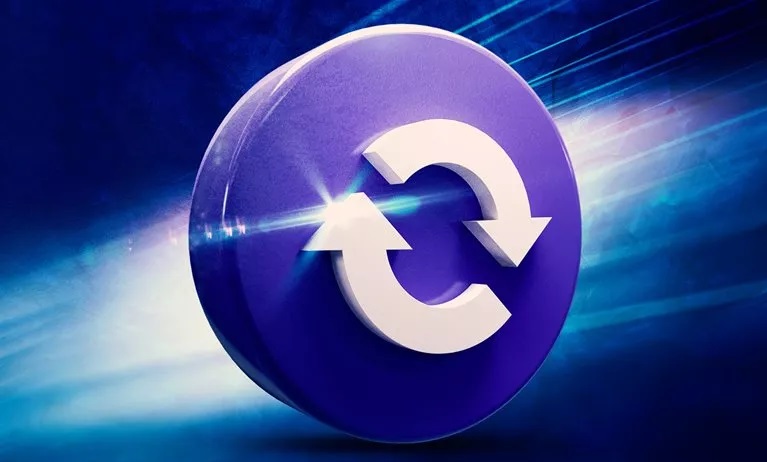What Is The Policy Of Different Phone Manufacturers In Publishing Updates?
Various Mobile Manufacturers Have Their Policy For Releasing Software And Security Updates. In This Article, We Will Get Acquainted With The Policy Of Each Brand In Providing These Updates.
Publishing Updates operating system software updates in the Android world are still not as good as Apple. Therefore, paying attention to the policy of different brands in providing these updates when buying an Android phone can be a good guide for the long-term use of these phones.
Half of the user experience of using smartphones is related to hardware and its quality, and the other half is related to software experiences. The software gives the user the power to control the hardware. Even if the hardware quality of the smartphone is impressive, not receiving regular software updates can cause the user to be completely dissatisfied with their user experience.
Recently, the performance of many brands in this field has made significant progress. The longer the manufacturer’s company updates, the longer the consumer will remain loyal to their brand and smartphone; Because it can get the latest user experience without changing the phone. On the other hand, the shorter the time it takes to support and provide brand updates, the more unpleasant the experience for the user.
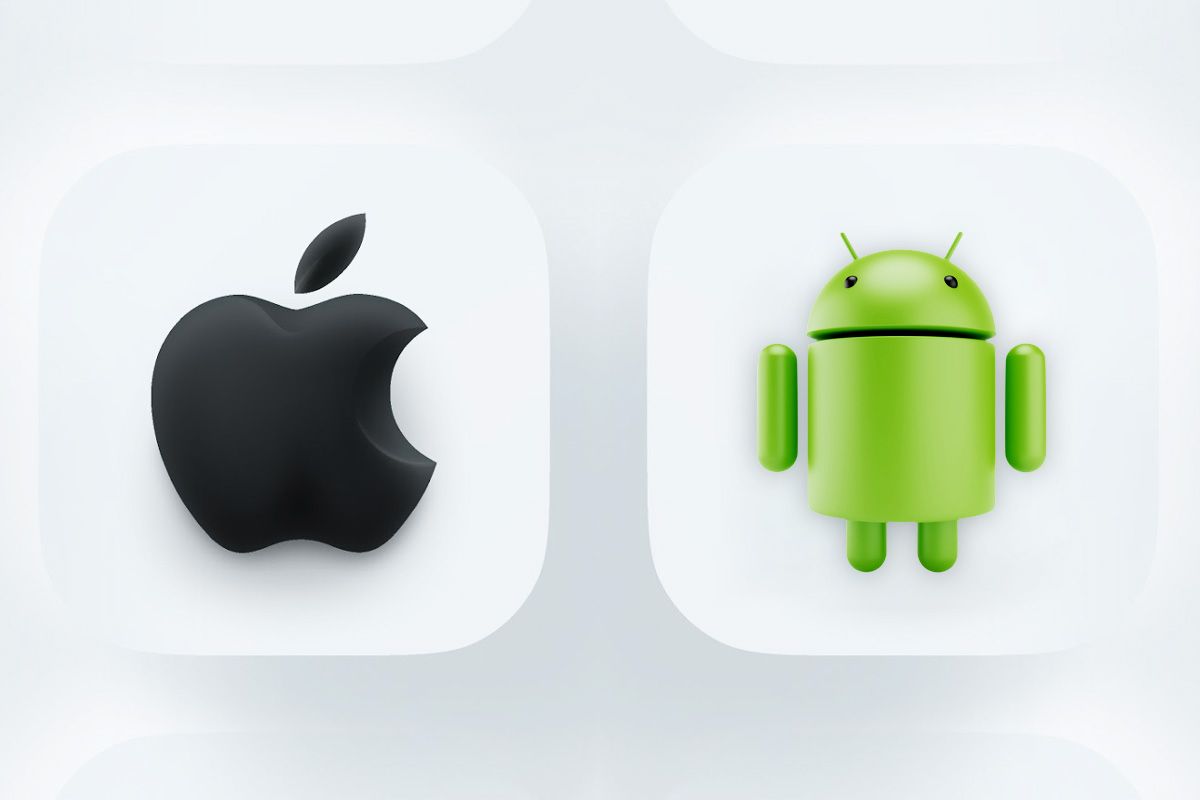
One of the main issues in the eternal debate between Apple and Android users is always providing a few updates for Android users.
Because the iOS operating system is limited to just a few devices, the brand can keep a much more significant percentage of iPhone models up to date.
In contrast, the open-source nature of Android allows many companies to use the operating system in their way in their phones, which in turn creates a wide range of user interfaces, each with its updates based on the new version of the Android operating system. Have.
Each company has its update policy. Some publish these updates for their phones for a more extended period and some for a shorter period. Unlike Google, Samsung, or OnePlus, other manufacturers usually do not have a written or clear policy on the number of updates they provide.
In this article, by examining the history of each brand to support their phones or referring to different sources and sites and catalogs of each brand, we introduce other policies of each to provide updates.
Brand policy for the release of software and security updates
- Apple
- Samsung
- Xiaomi
- Realme
- OnePlus
- Motorola
- Nokia
- Huawei and Honor
Apple
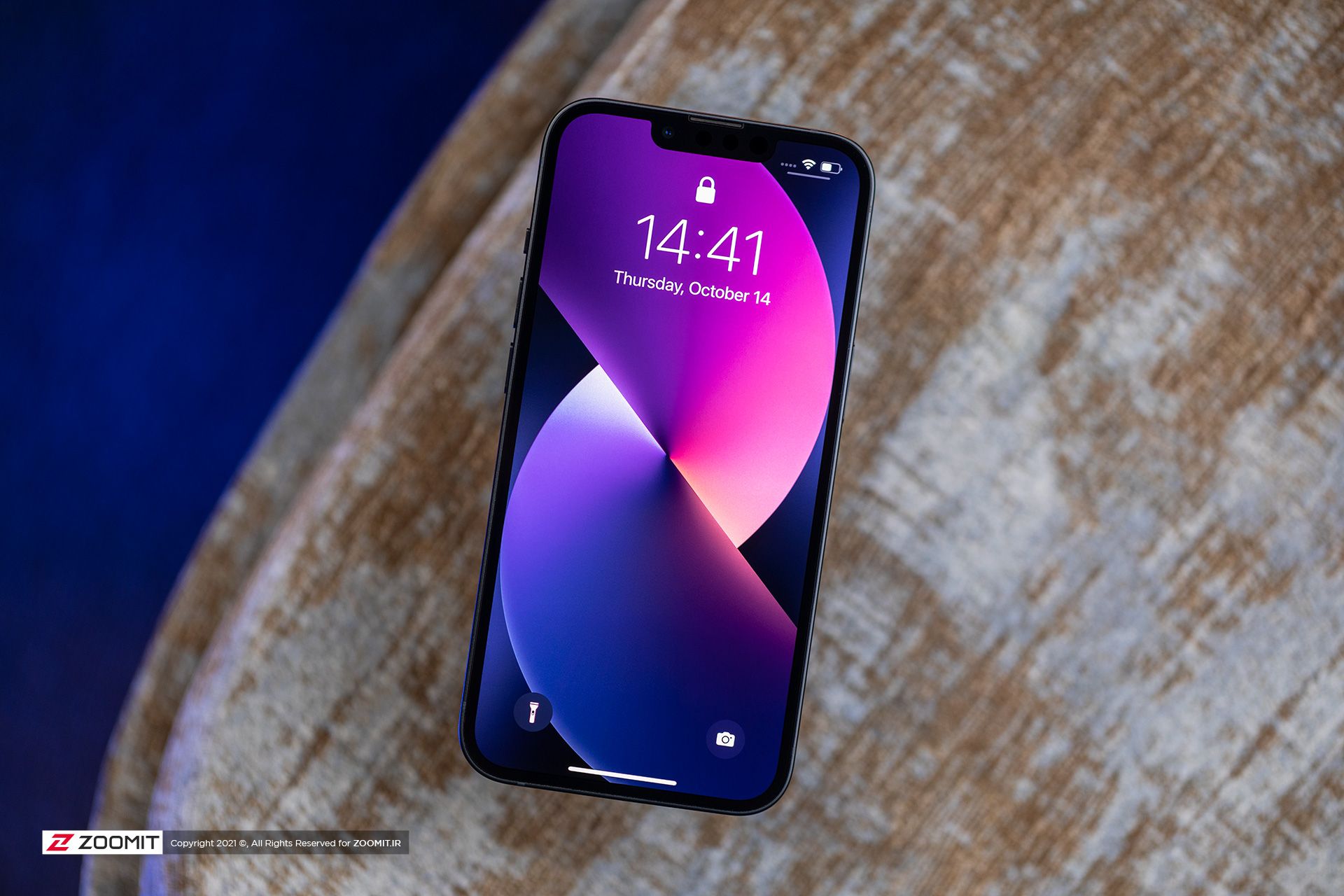
Apple offers the most extended support and updates time for its handsets of all the manufacturers. With the latest iOS 15 update, the list of eligible and compatible iPhones goes back to the iPhone 6s and 6s Plus.
Considering that these two phones were released in iOS 9 in 2015, it can say that they have received six significant updates. This number shows why iOS users are always proud of their Android user support policy.
Apple does not follow a specific pattern for delivering software updates. Receiving updates largely depends on the hardware within each device, such as processor, battery life, RAM, and storage, to manage new features and improve performance.
This period is estimated to be between 5 and 7 years. The manufacturer has a similar policy for security patches and publishes security updates when needed for eligible iPhones. The image below shows the list of iPhones receiving the latest Apple update (currently version 15):
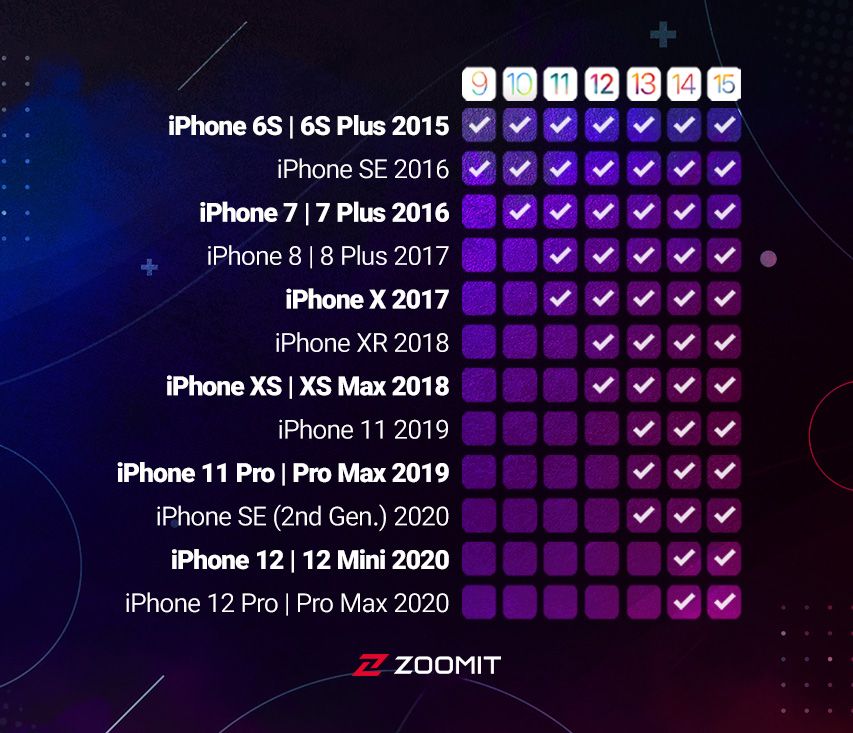
The iPhone 7 and iPhone 8 have potent processors and the same amount of RAM in terms of specifications, and in theory, as long as the iPhone 8 receives software support, the iPhone 7 can also use this update.
![]()
Every year, Google releases new versions of the Android operating system (Android 12 for 2021), and smartphone makers immediately start working on their respective software shells with features, UI changes, and the like in the latest version of the Android operating system. Be compatible.
Dozens of security flaws are discovered in Android components every month, and for this reason, Google publishes security patches for the Android operating system every month. After that, it depends on the manufacturer of the leading smartphone equipment how long it can provide the latest Android operating system updates and security patches for each phone and make them available to the consumer.
Pixel phones are always the first phones to receive the latest stable version of Android in the form of software and security updates, and for at least three years from the time the device is introduced, and after the end of these three years, continue to be systematically updated for 18 months. They will continue to receive security patches.
For example, the Google Pixel 4a phone was introduced in August 2020 (August 1399) and has received an update (Android 12) so far. This phone is also eligible to receive two other operating system updates.
Google eligible handsets always receive these updates sooner than other brands to receive software updates.
Samsung
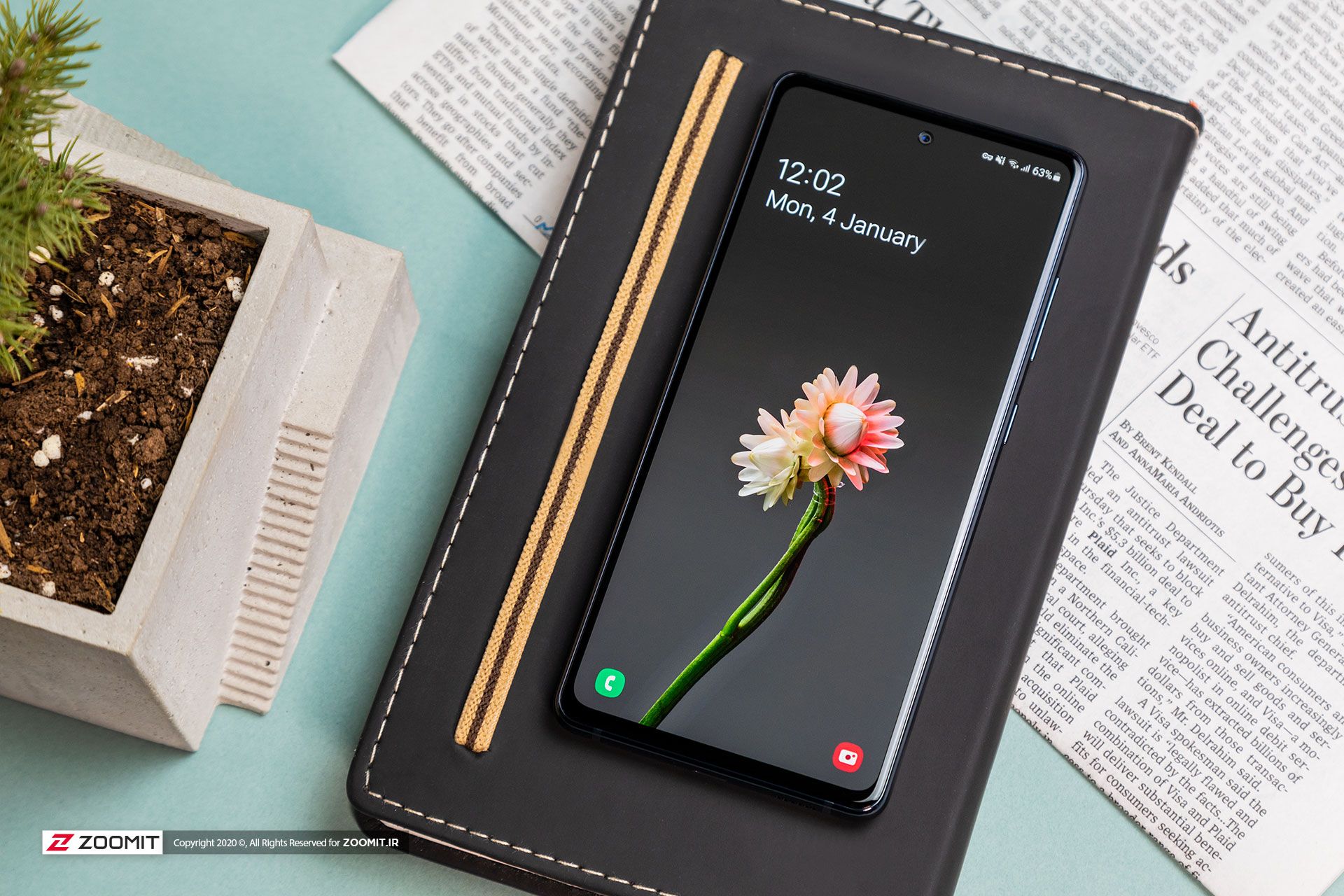
Samsung has a clear written policy for delivering software updates for its handsets, setting the brand apart from other Android handset makers.
The Korean company initially announced that it would run the Android operating system for up to three years for the Galaxy S series (Series 10 onwards), Galaxy Note series (Series 10 onwards), Galaxy Z series, Galaxy A series, and some Galaxy series phones. M publishes; mid-range handsets like the Galaxy A51 Galaxy A71, and their successors are also eligible to receive three years of operating system updates.
In addition to introducing the Galaxy S22 series phones and Galaxy Tab 8 series tablets, the company announced that it would release up to four generations of the Android operating system for a handful of its premium devices on February 11, 2014, during the Unpack 2022 event; Thus, the new Galaxy S22 series, all Galaxy S21 series phones, Galaxy S21 AFA, Galaxy Z Fold 3, Galaxy Z Flip 3 and the new Galaxy Tab S8 series receive four software updates. All of these devices are eligible for security updates.
They are fifty years old.
Samsung usually starts releasing updates for its eligible handsets three months after Google releases a stable version of Android. The Korean company initially announced that, like Google, it would release security patches for its handsets every month for three years. Still, recently, it has changed this figure to 4 years, But it explains its policy for security updates as follows:
Monthly, quarterly, or semi-monthly security updates depend on the device’s release date. Our policy is to release these patches at regular intervals.
For example, the Galaxy S20 series phones were released in March 2017 with version 10 of the Android operating system. These phones can receive security updates up to version 13 of Android one year later.
The following are the software update cycles of Samsung smartphones:
- The Samsung Galaxy S series phones: Update three versions of Android if released in 2019 and 2020 – Update 4 versions of Android if released in 2021 and later / Security update up to 5 years for Galaxy S20 series, Galaxy S21 and updated Up to 4 years for other models (receive monthly security patches for two years and then receive security patches once every quarter)
- For Samsung Galaxy Note series phones: Update three versions of Android if released in 2019 or later / Security update for up to 5 years (receive monthly security patches for two years and then receive security patches once every quarter)
- Even for Samsung Galaxy Z series phones: Update 3 versions of Android / Security update for up to 4 years (receive monthly security patches for two years and then receive security patches once every quarter)
- Samsung Galaxy A series handsets: 2 versions upgrade, and for some flagships, three versions Android / Security update up to 4 years (receive monthly security patches for two years and then receive security patches quarterly or once every six months for the last year)
- Samsung Galaxy M series phones: Update at least two versions of Android / Security update for up to 4 years (receive monthly security patches for two years and then receive security patches quarterly or once every six months for the last year)
Xiaomi
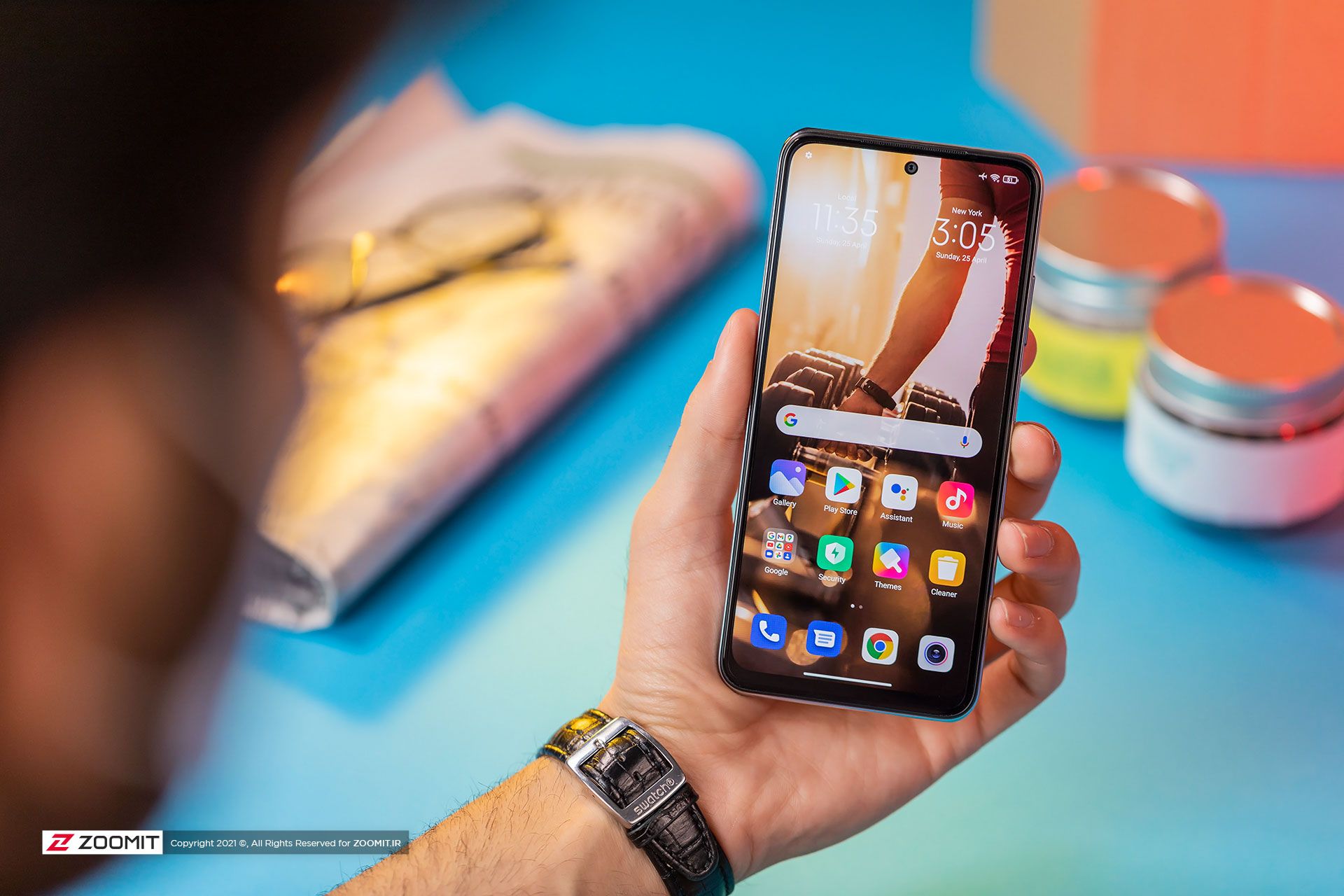
Xiaomi is one of the busiest manufacturers in Asia and Europe, relying heavily on its MIUI interface, and most of the updates it releases are related to this interface. The Chinese company almost always offers two significant upgrades to its flagship phones. Still, there is no specific policy for releasing software updates, and UI updates based on the Android version vary from model to model in this brand.
Xiaomi’s update policy is slightly different from other brands. This manufacturer updates its MIUI user interface with the latest features of the newest version of Android introduced and does not necessarily provide the newest version of Android to its users.
Reviews show that Xiaomi flagship models such as the May 11X, May 11 Ultra, May 10, May 10T, and Redmi K20 Pro receive two Android OS updates and four MIUI UI versions. It usually takes several months for phones to receive updates. And the intervals for receiving security updates are also irregular on these phones.
Xiaomi mid-range models such as the Redmi Note series typically receive only one Android OS upgrade and four MIUI versions. Lower-end models, such as the Redmi 9 series and older ones, usually do not receive software updates, and only a few MIUI versions are released for them.
Although Xiaomi does not have a written policy for providing software updates, the manufacturer’s unofficial policy for releasing updates can be guessed as follows:
11T, 11T Pro, 11Lite 5G NE phones : 3 Android updates and four years security update
May series phones: Update 2 versions of Android and four versions of MIUI
Mi Max, Mix, Note, and T series phones: Update 2 Android versions and 4 MIUI versions
A series of phones: Update 2 versions of Android
Redmi K Series Phones: Update 2 Android Versions and 4 MIUI Versions
Redmi Note series phones: Update one version of Android and three versions of MIUI
The Redmi series phones: Update one version of Android and two versions of MIUI
Poco F and X series phones: Update 2 Android versions and 4 MIUI versions
Poco M Series Phones: Update one Android version and 3 MIUI versions
The Poco C series phones: Update one version of Android and two versions of MIUI
On average, you should not expect more than two versions of Android for flagships and one version for the rest of Xiaomi phones. For most of the models introduced in 2020 and 2021, Xiaomi has promised to provide a security patch every 90 days for up to three years. Security patches are also offered monthly and quarterly for at least two years.
We can not be sure of the release date of the software update for Xiaomi smartphones. However, Xiaomi allows users to download the latest version of the ROM for mobile phones from the official Xiaomi website.
Realme
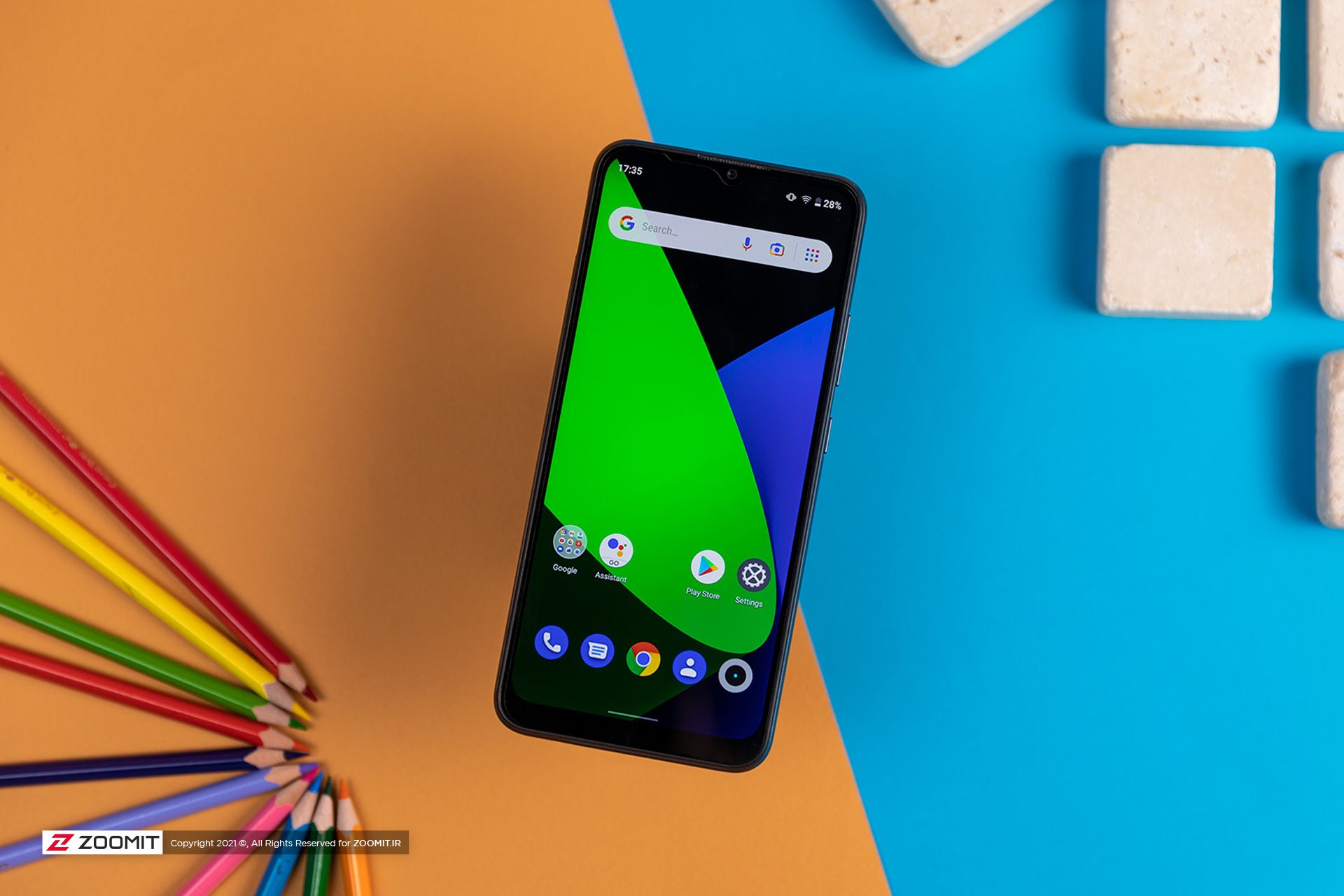
Riley is used to providing software updates a little later than other brands, and most mid-range and high-end handsets from this manufacturer receive up to a copy of the Android update in the form of a user interface. Security updates are provided irregularly on the phones of this brand.
Matthew Seth, Riley 2021, announced that Riley handsets would receive at least one major Android update and two years of security patches. It seems a bit disappointing compared to some brands that offer at least two major operating system updates and three years of security updates.
Riley, for example, has released two Android updates for its X2 Pro; But for now, it’s better to be content with the company’s claims about releasing an operating system update and two years of security updates.
The CEO of Rilmi also stated about security patches:
We plan to provide security updates for at least two years for all smartphones, even low-end phones like the C-Series. This update is available monthly for the first six months after the software update is provided and once every two months.
Riley Smartphone Update:
- GT Real Estate Phones: Update one Android version and two years security updates (first six months monthly and then every two months)
- Numbered Rim Phones: Update an Android version and two-year security updates (every two months)
- X-ray phones: Update an Android version and two years security updates (every two months)
- Reel C phones: Update an Android version and two-year security updates (once every two months)
Rimi has not specified the time and frequency of updates for the phones on its official website. However, it allows users to download the latest version available from this website.
Oneplus
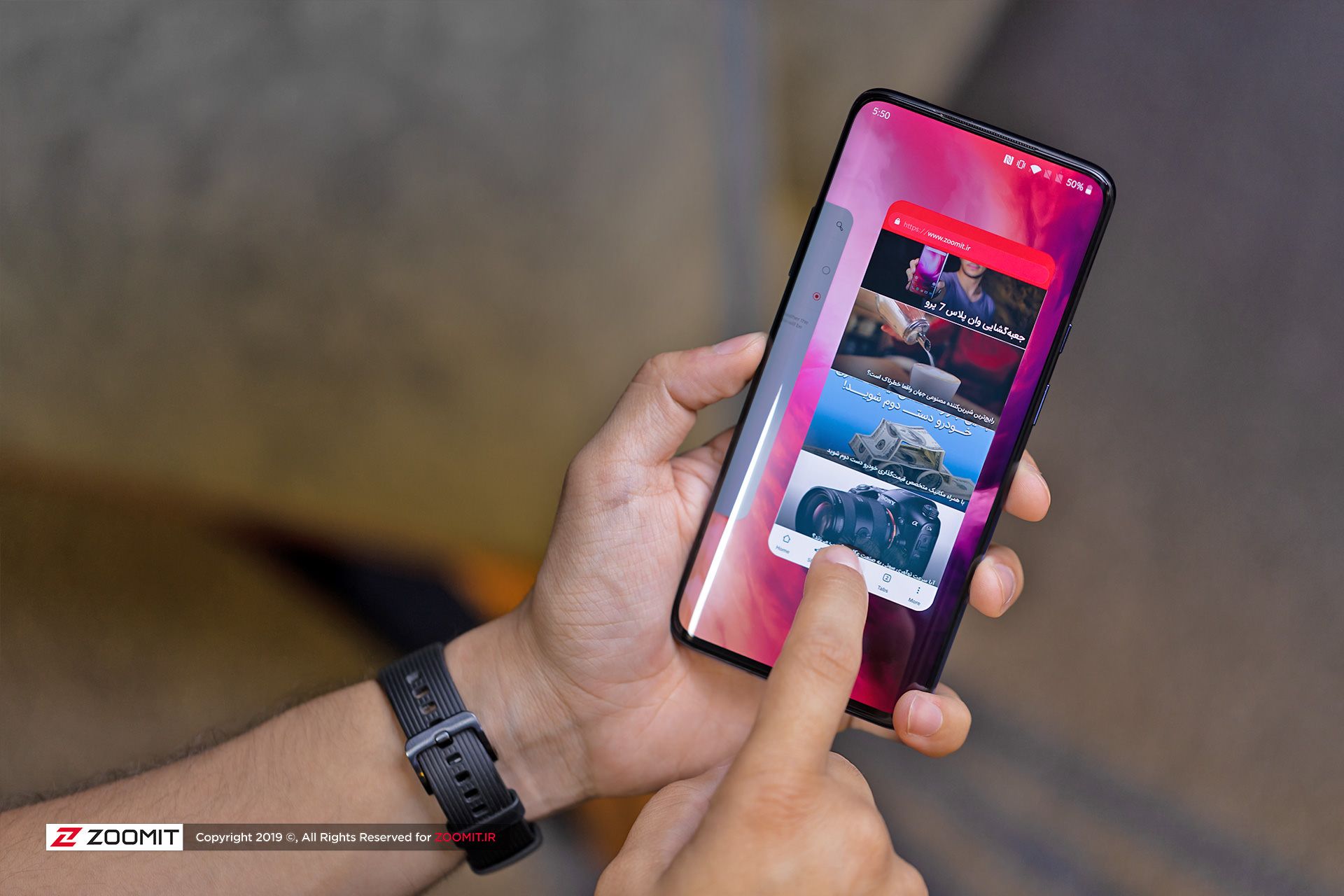
OnePlus usually releases a stable version of Android the same day, releasing a public beta version for its handsets. Still, the release of a regular update of the brand’s user interface (Oxygen OS) based on the latest version of Android sometimes takes up to three months after that date.
This manufacturer has always been one of the manufacturers that pay great attention to upgrading its phones’ software in the form of OxygenOS user interface and initially promised up to two years of software updates and three years of security updates for its flagship phones. Still, the fact is that so far, it has released three software updates for most of its smartphones, like the OnePlus 7 Pro.
According to reviews, this manufacturer has recently changed its policy of publishing updates. Currently, this brand’s numbered flagships will benefit from Vane Plus 8 after updating the three main versions of Android and four years of security patches. For three years, Vane Plus N phones will also receive security updates from N10 5G and N100 onwards.
It is not yet possible to comment with certainty on the release date of software updates for OnePlus phones. Still, the brand is the only manufacturer of Android phones to have complied with Samsung in providing updates.
OnePlus Smartphone Update:
OnePlus OnePlus 9 Pro, OnePlus 9R, OnePlus 9, OnePlus 8T, OnePlus 8 Pro, OnePlus 8 : Android 3 Version Update – Android 2 Version Update for OnePlus 7 Pro, OnePlus 7T Pro, OnePlus 7T, OnePlus 4.7 years Security updates every two months for OnePlus 9 Pro , OnePlus 9R , OnePlus 9 , OnePlus 8T, OnePlus 8 Pro, OnePlus 8-3 Security update year bi-monthly for OnePlus 7 Pro , OnePlus 7T Pro , OnePlus 7T , OnePlus 7
The OnePlus Nord and CE phones: Updated 2 versions of Android and three years security update every two months
The OnePlus Nord N200, Nord N100, Nord N10 5G: Update to Android version and three-year security updates every two months
OnePlus does not currently have a dedicated section for updating its updated policy on its official website, But Khatmashi has published these updates in its forum. The manufacturer also puts all its updated frames in a grouped way for phones on a dedicated page, and users can browse and download their content.
Motorola
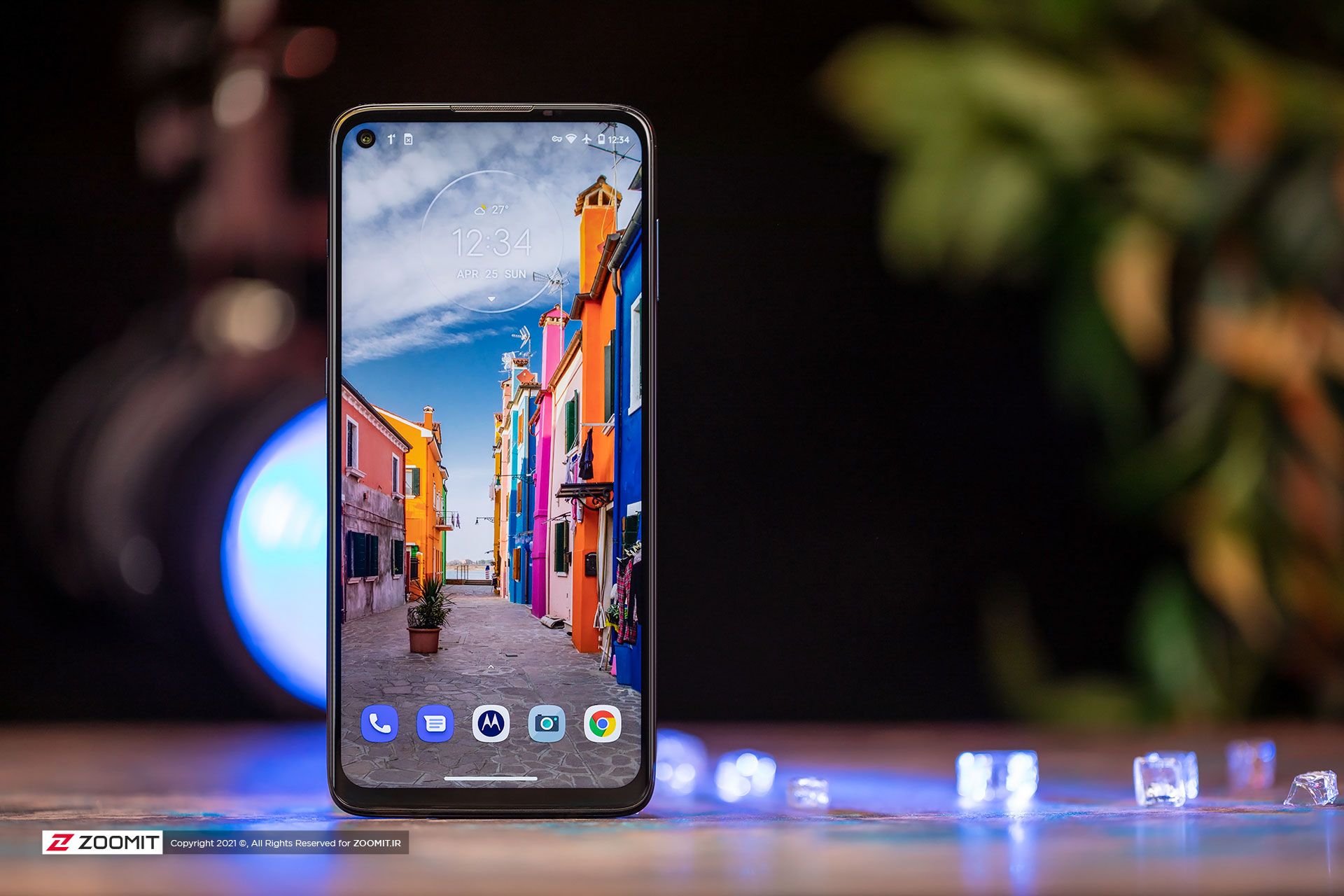
Motorola usually releases software updates for most of its flagship handsets just a few months after the official release of the stable version of Google by Google. However, some high-end models such as the Edge +, Razr, and Razr 5G can receive two firmware upgrades. This manufacturer also provides security patches to users once every two months.
Nokia
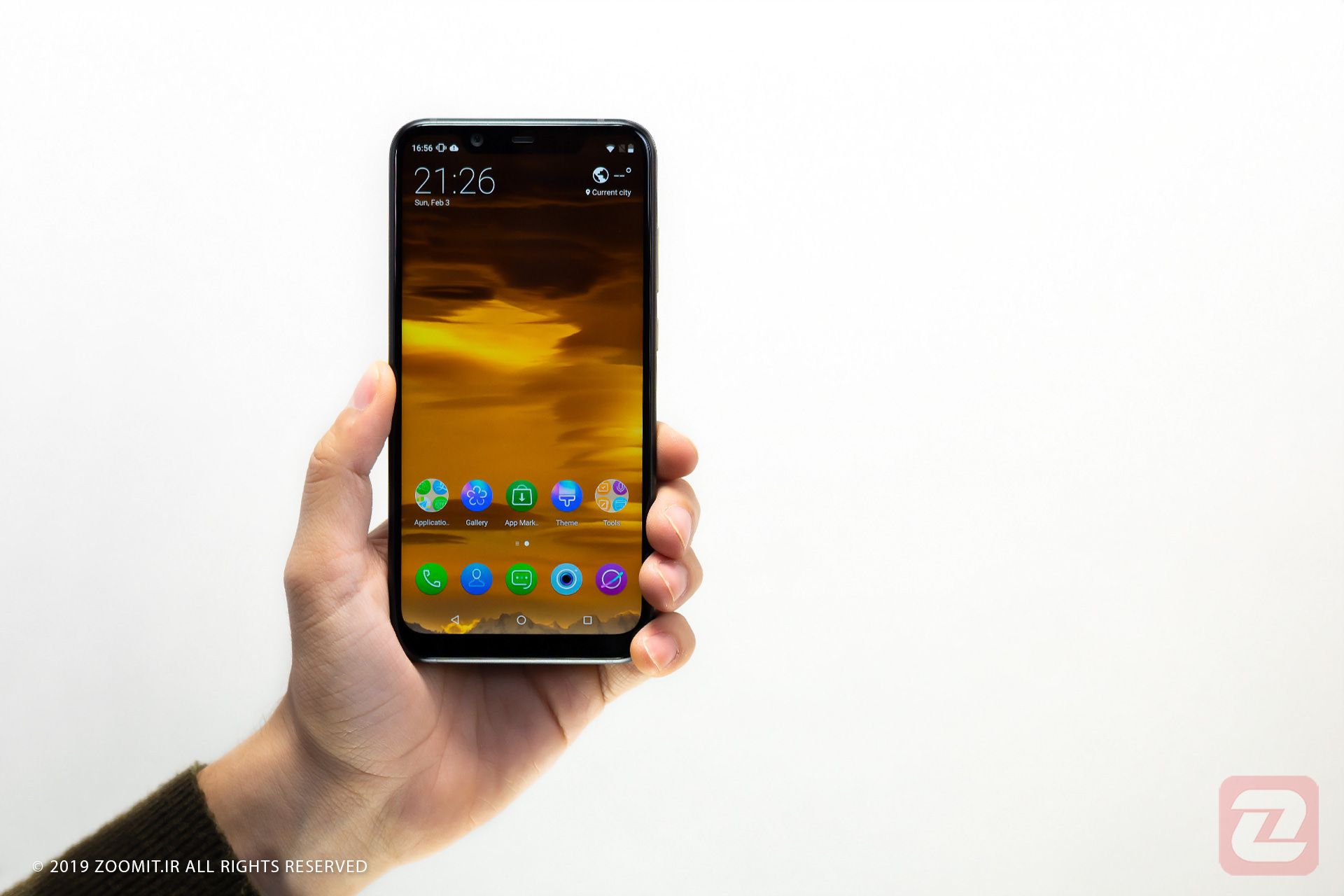
Nokia has in the past been one of the fastest manufacturers of software updates; But for now, it has not released a stable version of Android 12 for its phones. From the beginning, Nokia has focused on marketing mid-range and low-end models equipped with stock software, such as Android One and Android Go.
The X series phones of this brand (X10 and X20) benefit from three years of updating the Android operating system. Nokia promises two major operating system updates for its other handsets and three years (2 years for cheaper models) security updates.
Huawei and Honor
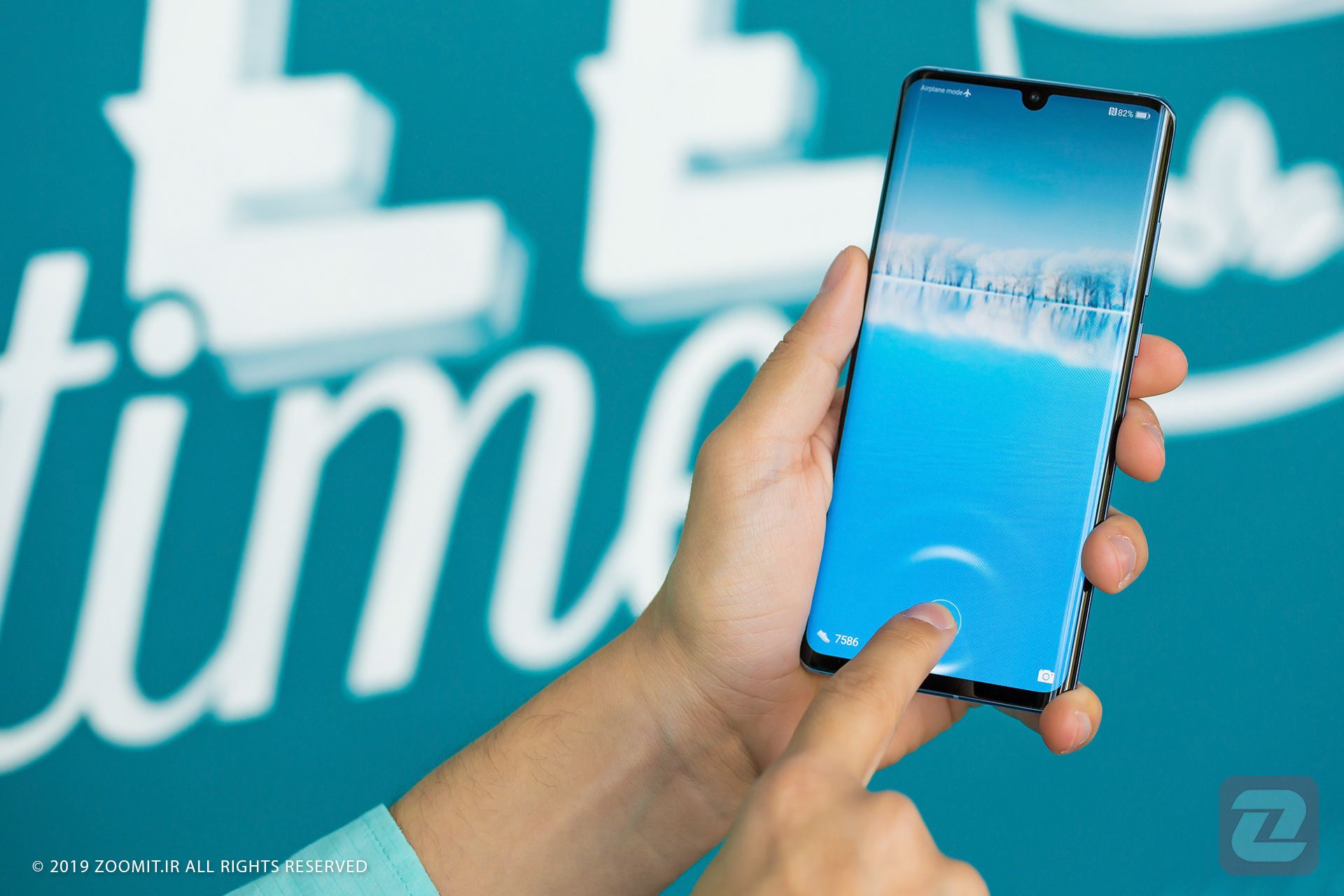
Managing and delivering software updates has never been one of Huawei’s strengths. This issue has become more complicated with US sanctions on the brand, and now Huawei is no longer using Google services for its products.
The company is using a new fork of Android in its terminals and based on that, it has created a unified user interface for OS and a unique platform for providing services to mobile phones. Therefore, we do not yet know Huawei’s policy and policy for releasing software and security updates for the new generation of the company’s handsets.
After splitting from Huawei, Honor reorganizes its brand to return to the mobile realm. For this reason, it is not yet known what the company’s policy is to provide software and security updates.
